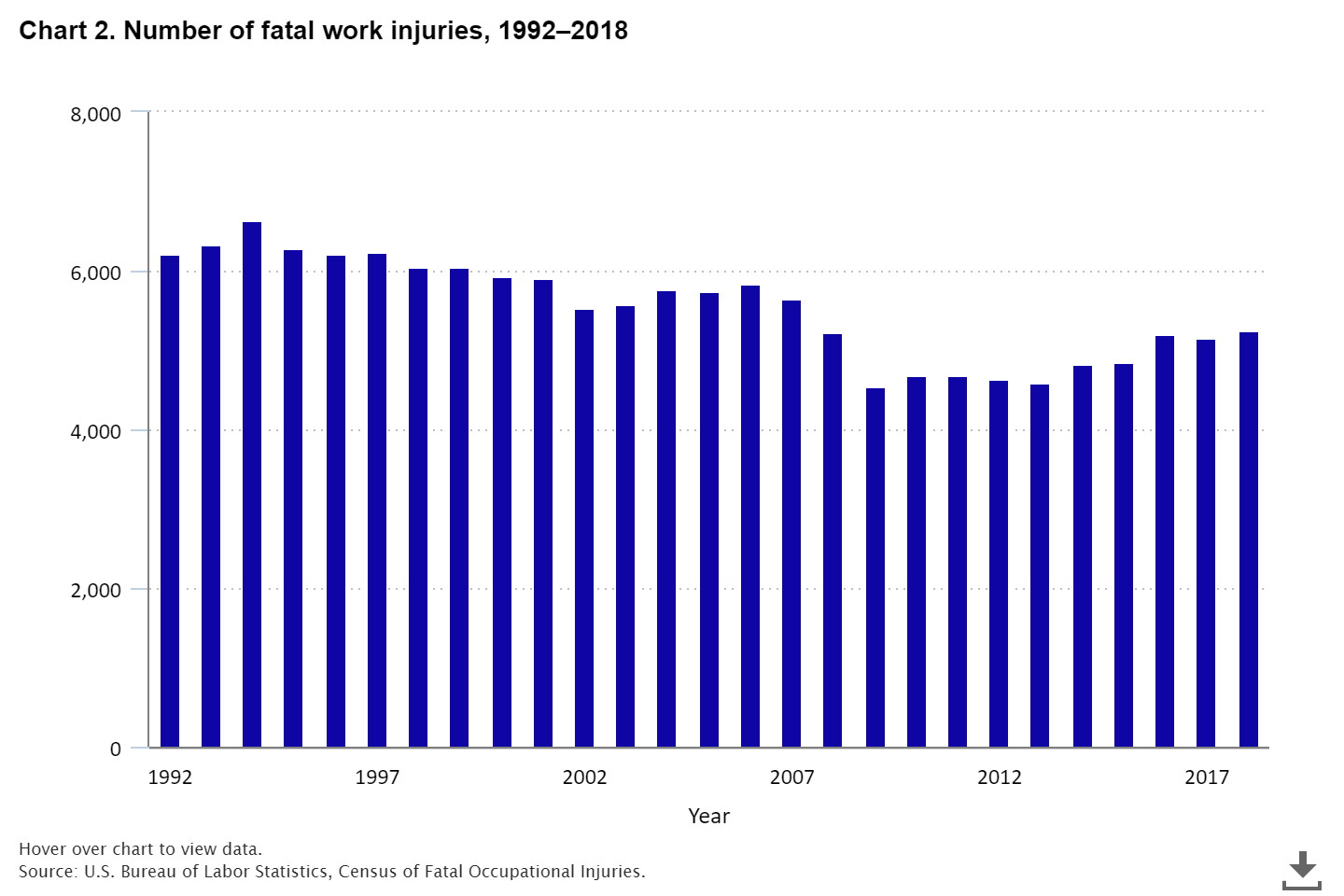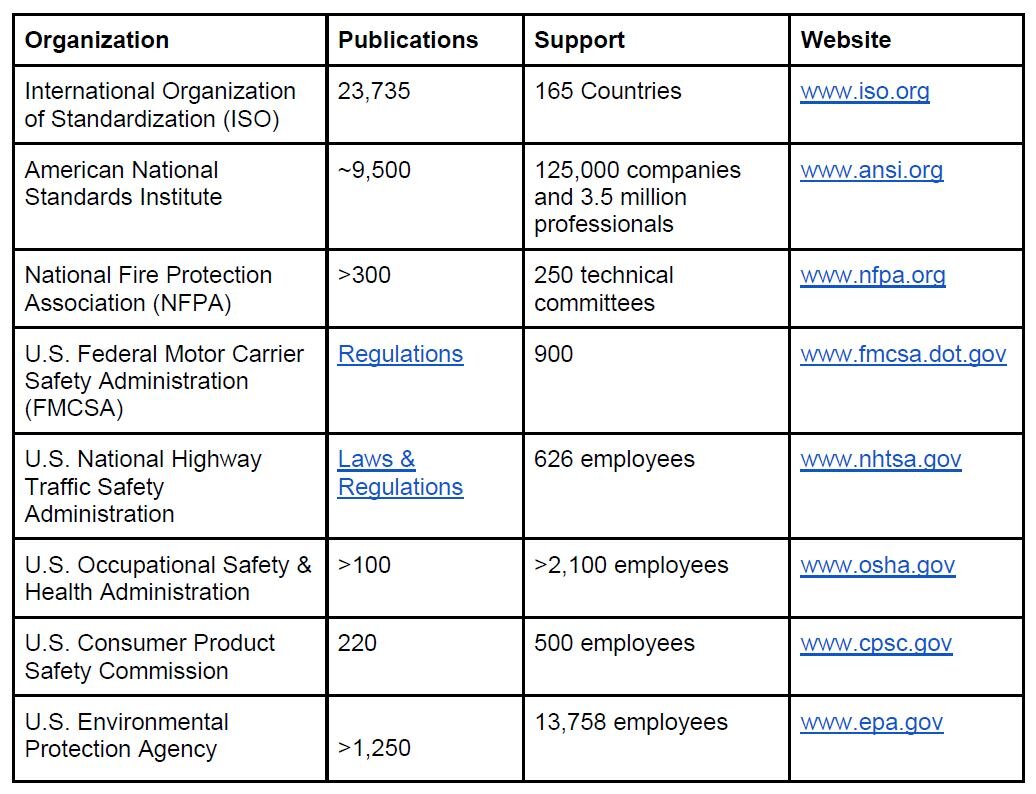“Here, Sign that Safety Meeting”
At 19 years old I started an electrical apprenticeship and my first job was at a prestigious golf course. It was a luxury clubhouse for a high-end customer and I felt it a privilege to start my career on such a neat project. The construction schedule was rigorous and in ten months we built an award-winning architecturally attractive iconic structure with custom lighting systems and unique water features. It was fun. From a safety perspective, the hazards were real. A congested jobsite under construction during the winter months in Colorado. Multiple trades stacked atop each other trying to create artistry based on the architectural and engineering vision. An existing landscape lighting system installed by another contractor added some confusion to the mix. Just trying to keep up with the general contractor’s schedule and to not damage the high-end finishes was a constant requirement as we completed our interior electrical lighting systems. The oversized, balloon-like rhomboid stained glass chandeliers were a unique challenge to hang. And how could I not mention the one-mile fiber optic line that had to be installed down to the gardener’s maintenance garage? But what did I know about risk and safety? I was hired to do a job and learn the trade.
Leadership played an important role because we knew the job demands were stressful and it was compounded due to the fact of a tight schedule with unforeseen factors like springtime blizzard conditions. But we got it done. The foreman took great care to lead his project with dedication and he put in the extra time to make sure things happened on time and on budget. There was not a lot of time for teaching, it was, “here, do this, get that tool, cut this concrete, install this conduit - essentially, get it done”. Was there a safety culture? Yes. A safety program existed and there was an expectation to get things done safely and the right way, but the demanding schedule imposed another level of risk. From an administrative perspective, the onsite foreman was also responsible for giving the weekly toolbox safety talks. We had to sign in on a piece of paper that authenticated our attendance. On one particular occasion, during another busy day, I was about to dash out of the office trailer door and the foreman mumbled something like, “Hey, I need you to sign off on this safety meeting”. And that was it. That piece of paper with a safety message was supposed to provide me with the safety mindset necessary to prevent a workplace injury. I have no recollection of what the topic was, but I appreciate the fact that the company cared enough to promote safety and that the foreman followed through with the company’s safety expectations. Was it enough?
Safety Regulations: How much is Too Much?
Emerging risks amidst a chaotic and technologically modernizing world contribute to a never-ending barrage of regulatory standards. The necessity of regulations is warranted to protect human life and property. What is the right balance? The National Fire Protection Association provides context around fire mitigation, for example, through more than 300 consensus standards, 250 technical committees, and over 8,000 volunteers [1]. How effective have the promulgation of these regulations been to humanity? It is a difficult number to quantify and attempts have been made by statisticians to identify the benefit that these regulations have had on workers’ safety, health, and the environment. According to the Bureau of Labor Statistics (BLS) safety standards have yielded a reduction in non-fatal injury and illness rates, but fatal injury rates have remained relatively the same [2]. These consensus standards and government regulatory agencies provided workers’ relief to hazard exposures even as the population of the United States grew. Injury and illness rates declined.
Additional variability of high-consequence industries and advanced machine technologies introduced into workplaces such as agriculture, manufacturing, transportation, and industry. And with those new technologies, humans have worked hard to control associated risks. The desire to increase efficiencies through new technological advancements is admirable and has helped feed millions of people and build the cities in which we live. New career fields have popped up as well for safety and health professionals, risk managers, industrial hygienists, and ergonomists. Other unique areas of study originated in the fields of organizational psychology, health physics, public health, safety management, and total worker health.
With all these admirable fields of study and professionals offering insightful guidance to their employers, government officials, and local authorities we still experience losses and incidents relative to humans interacting with their workplace. These interactions pose unique challenges because of human sociology. The reasons people work and how they connect within their social groups amongst peers and associated formal and informal hierarchical structures with the work organization. Signifying the necessity to control risks and keep workers safe while trying to find the antidote to unsafe behaviors. Various methods have been used to control risks throughout history. In 1970 the United States passed the Occupational Safety and Health Act which prior to these methods used to properly measure and standardize things was used to bring consistency to manufacturing, industry, and science, known today as the American National Standards Institute or ANSI. Whatever the governing body or organization that was created to bring consistency and safety to our complex world, has only continued to grow. Insurance coverages and legal counsel add to the complexity of our world as we grapple to find the balance between regulation, safety, and risk control. Even the Lloyds of London recognized risks associated with the maritime industry [3]. This was in the 1730s, and Lloyds was already a well-known leader in shipping insurance at that time.
Ethics, governance, and sustainability are areas of study that employers are trying to balance and inject into their strategic vision. The modernity of business strategies has captivated business leaders to compete among each other through innovations that incorporate technology and thought leadership that leaves us wondering what else can we do to control risk? Is cybersecurity a threat? Yes. Then publish a standard on it. Provide guidance to the world to mitigate that risk. Is workplace violence a risk? Yes. Then promulgate a regulatory standard on it to mitigate that risk. Is corporate social responsibility a necessity? Yes. Then publish an international standard on the topic. It’s ISO 26000, in case you were wondering.
It is time to reflect deeply on the world which we have developed and ask ourselves, what is risk control? What is safety? Why am I doing this? As humans, we inherently know what is dangerous and each person has an intrinsic ability to evaluate risks. After all we have been learning about risks since our birth. Oh, is that hot? What happens if I touch it? Ouch! We also have mountains of data, volumes of regulations and educated professionals working together to control risk. Why then are we still experiencing losses? The key is to find the right balance between sociology and modernity of business strategies, even if it is to just sign that safety meeting toolbox talk. Take that first step, you’ll be glad you did, and so will your workers.


